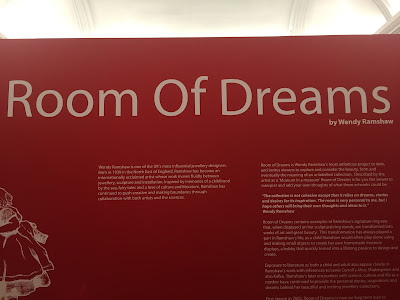Experiments with acrylic on acetate.
 |
| Ohne Titel, Peter Brüning, 1959 oil on canvas |
While working in the style of Peter Brüning and taking inspiration from his pieces such as Ohne titel I have looked at how expressive marks can be made on acetate with acrylic paints. I completed an observation drawing of the piece shown ontop of the piece nr 100 printed on acetate.
I had previously explored the way acrylic looked on acetate and the use of a dry brush created brush strokes similar to which seen in Brünings work. After completing an observation piece of a small section of Brünings work on acetate I decided that I wasn't sure which way the piece looked best. Wether the acrylic on the surface where brush strokes could be seen, or place acrylic down to the page so only the colour showed through and the original colours of nr 100 could be seen. It was at this point I decided to look at the acetate through a light box and see the effect the light shone on the piece would have.
 |
| Acrylic facing up |
 |
| Acrylic facing down |
With the acrylic painting facing upwards the strokes of the brush can be see, when working on top of acetate the brush used must be completely dry as water will simply run straight of the plastic surface. This makes the paint applied look dry and every hair in brush can be seen in the strokes of the paint. By having the acrylic facing upwards then small pieces of the Nr 100 (Brünings piece printed on the acetate below) are covered by the paint. When having the acrylic facing down towards the surface a completely different style of image is fabricated. Small sections of the acrylic can be seen as undertones through the acetate due to the transparent nature of the medium. It also means the entirety of Nr 100 can be seen. Due to the piece having green tones through ( a complementary colour to the red used in the observational painting) a very vibrant image is created. However by laying the acrylic down to the surface, the dry brush strokes which mimic the work of Brüning cannot be seen.
 |
| Acrylic facing down. |
 |
| Acrylic facing up. |
By using a light box the stokes of the acrylic can be seen either way that the paint is facing, which means that the main idea of the green of Nr 100 showing and the brush strokes that were hidden when this was the case can be seen.
By printing the images of the acetate on a light box onto acetate it allows me to show the brush strokes of the acrylic while also showing the colours of the Nr 100.

























































